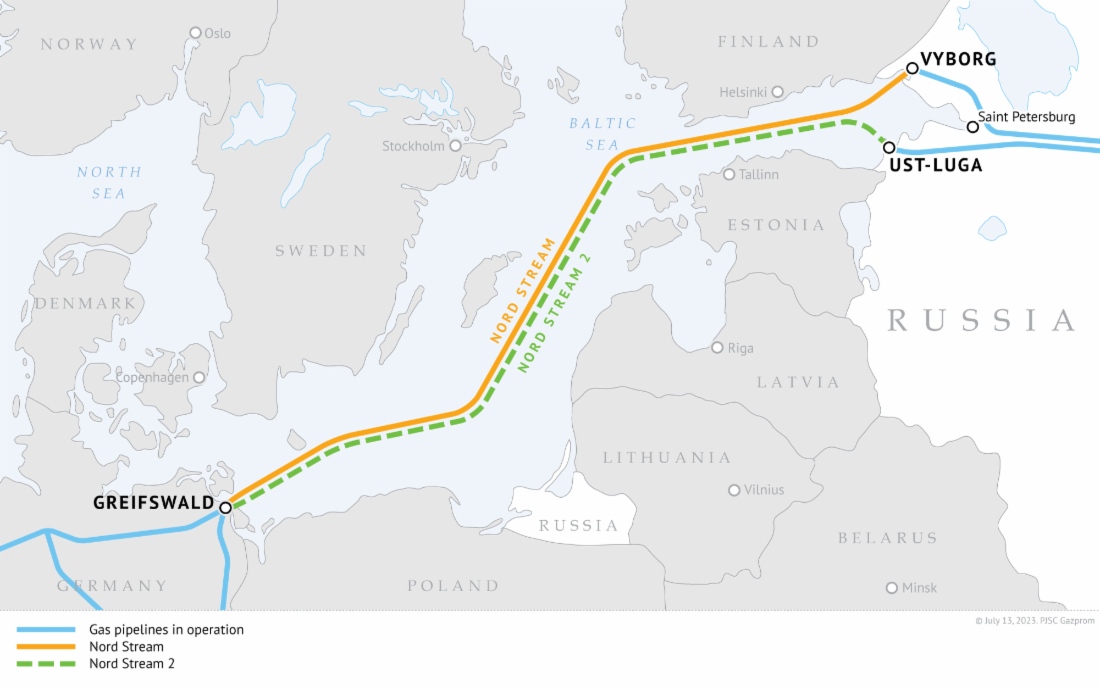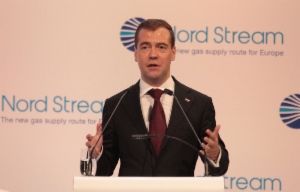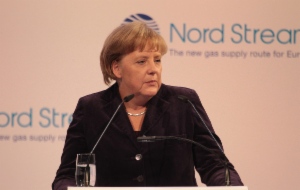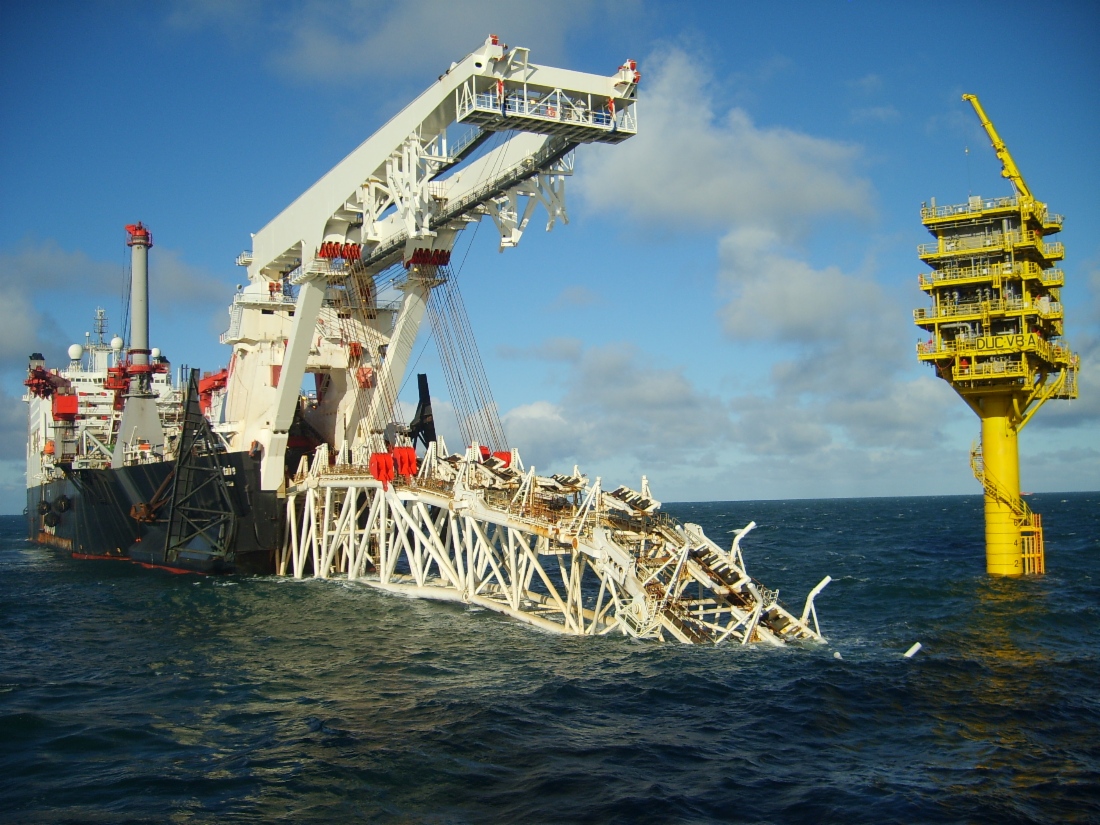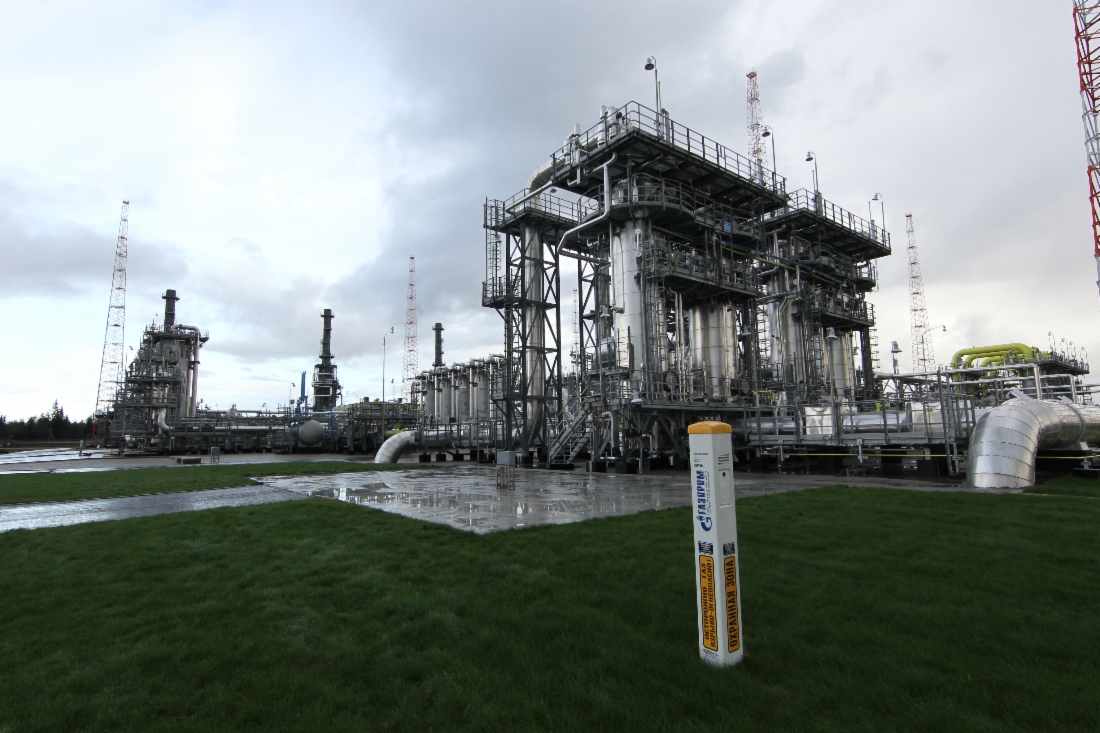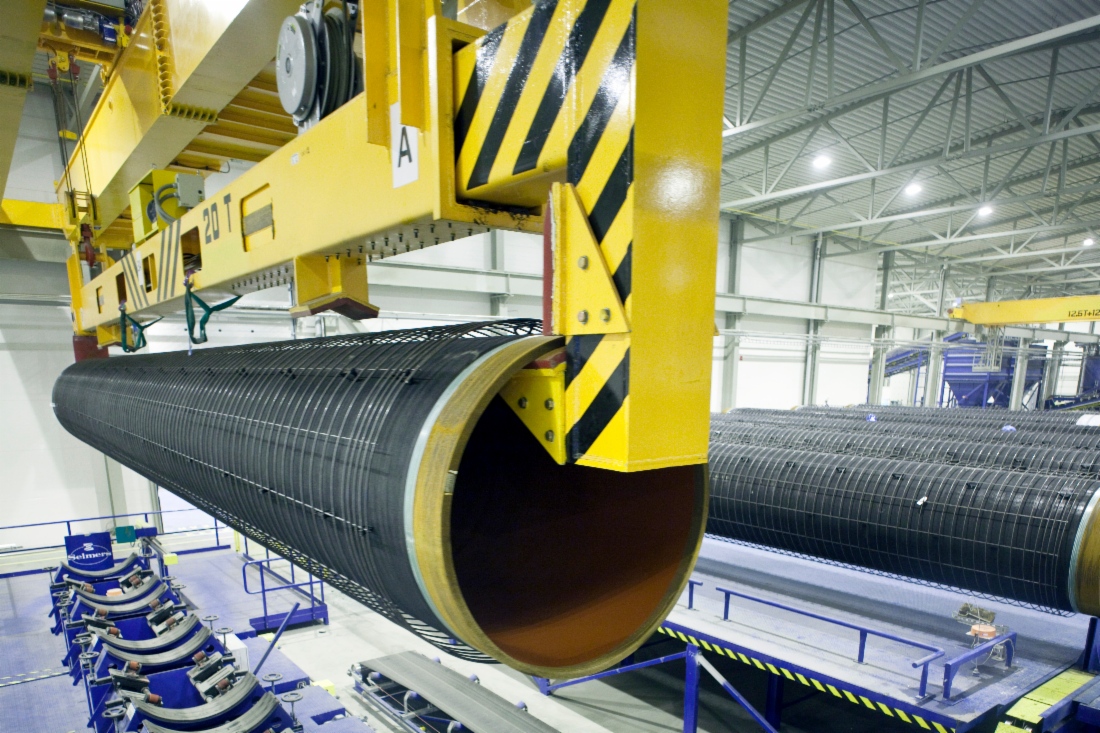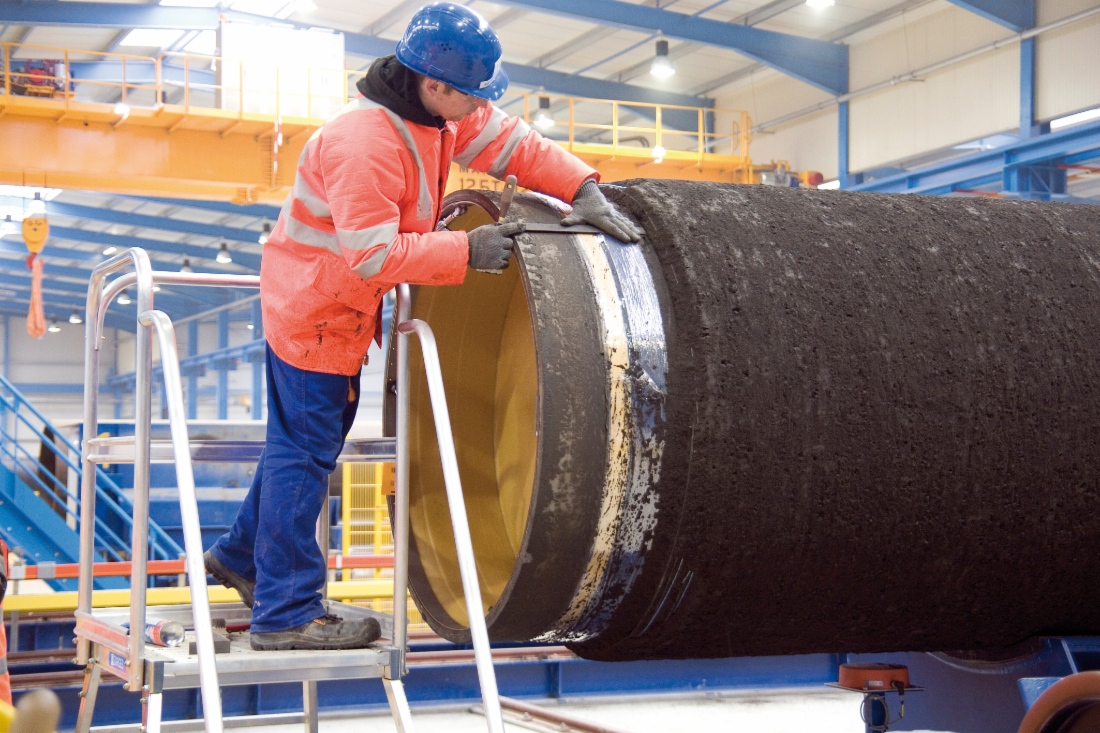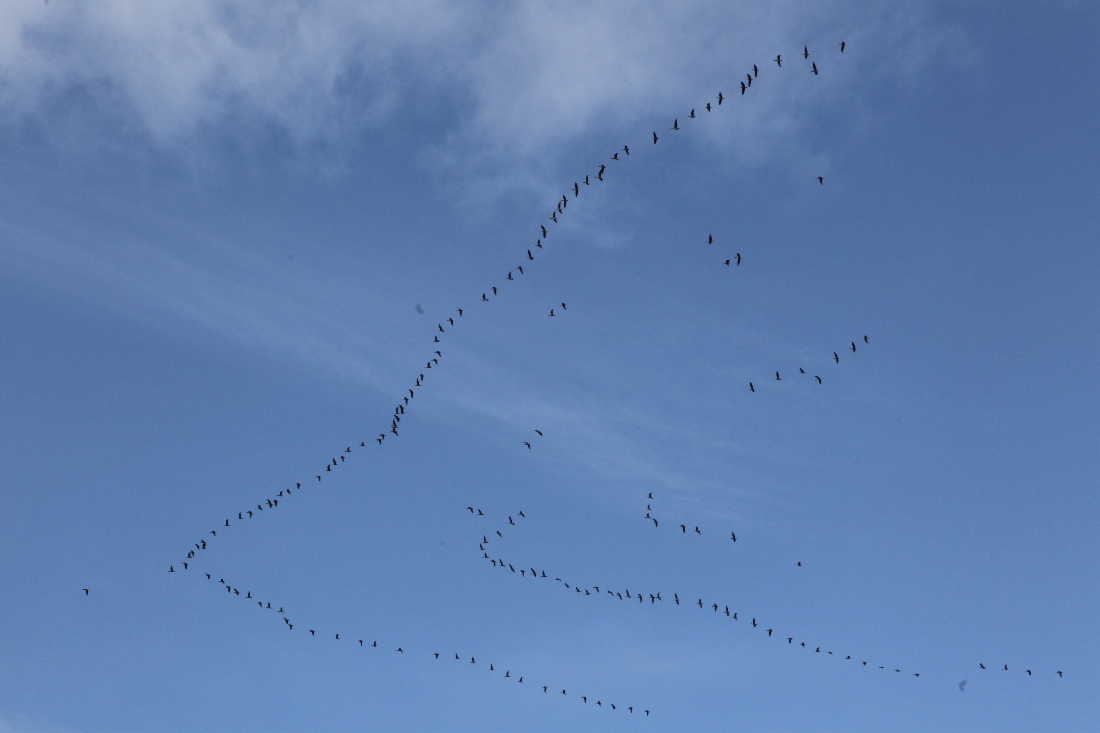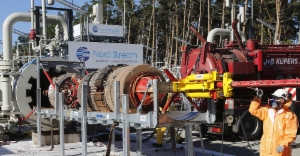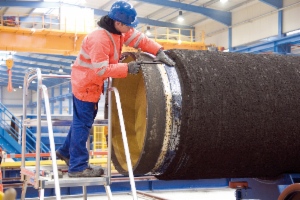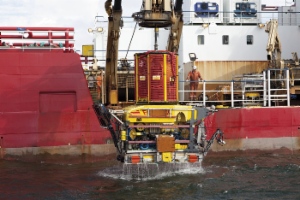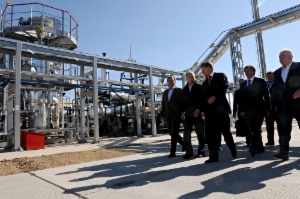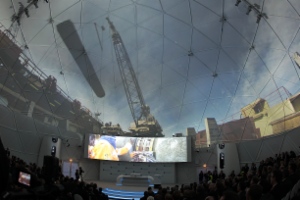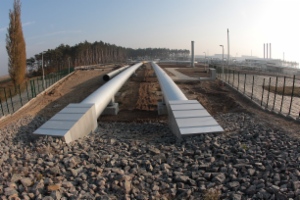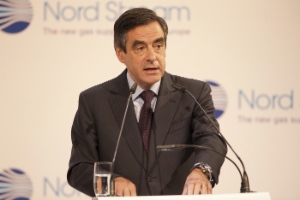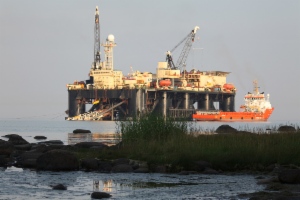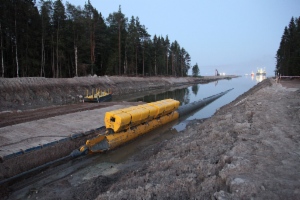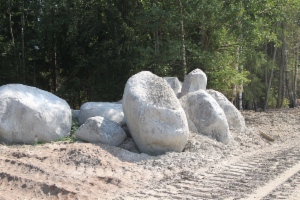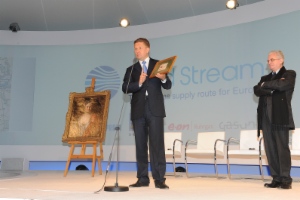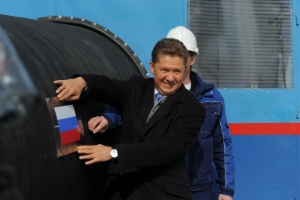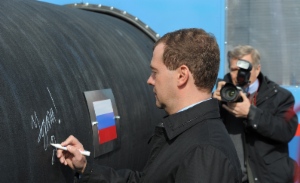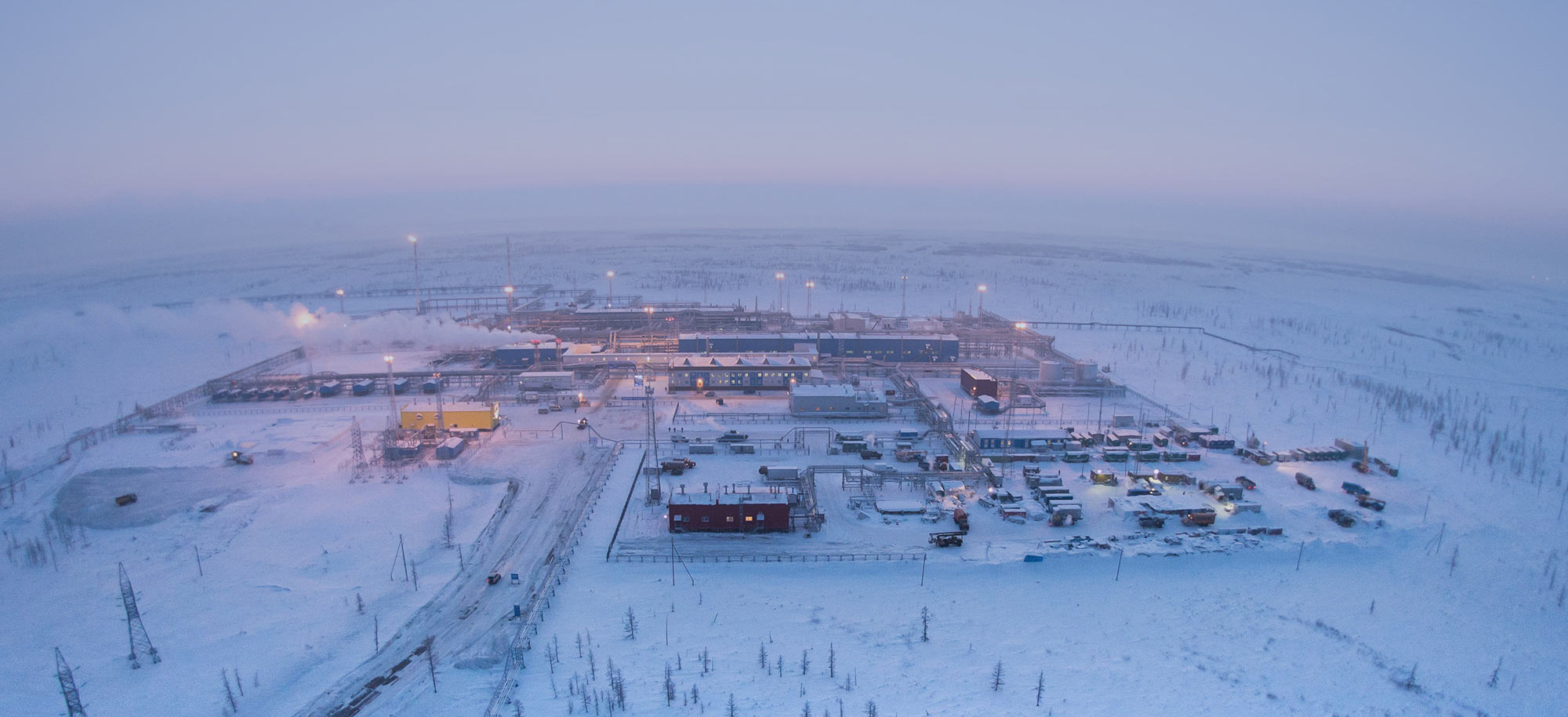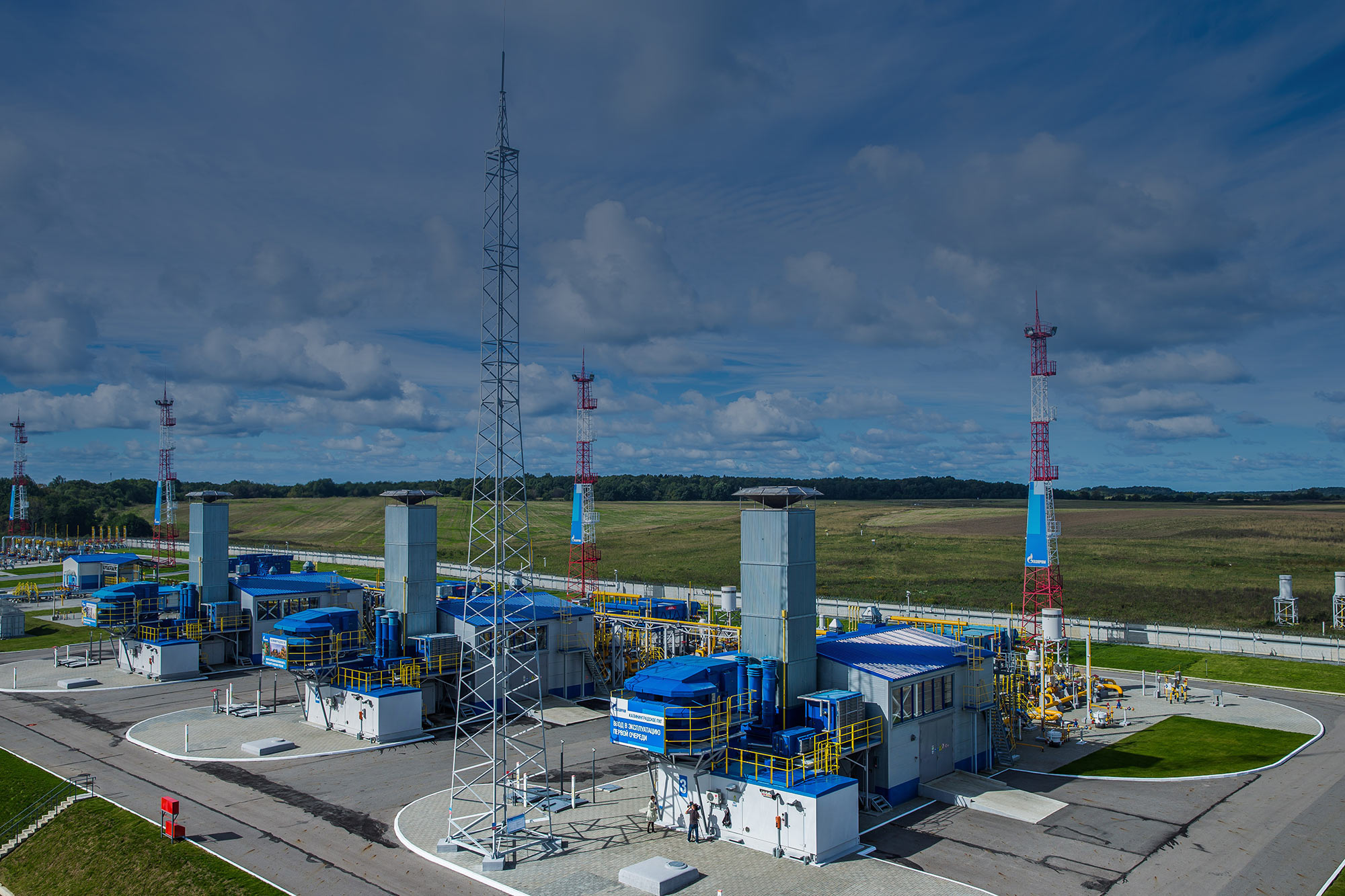Nord Stream is an export gas pipeline running from Russia to Europe across the Baltic Sea. For more than 10 years, Nord Stream ensured highly reliable direct supplies of Russian gas to European consumers.
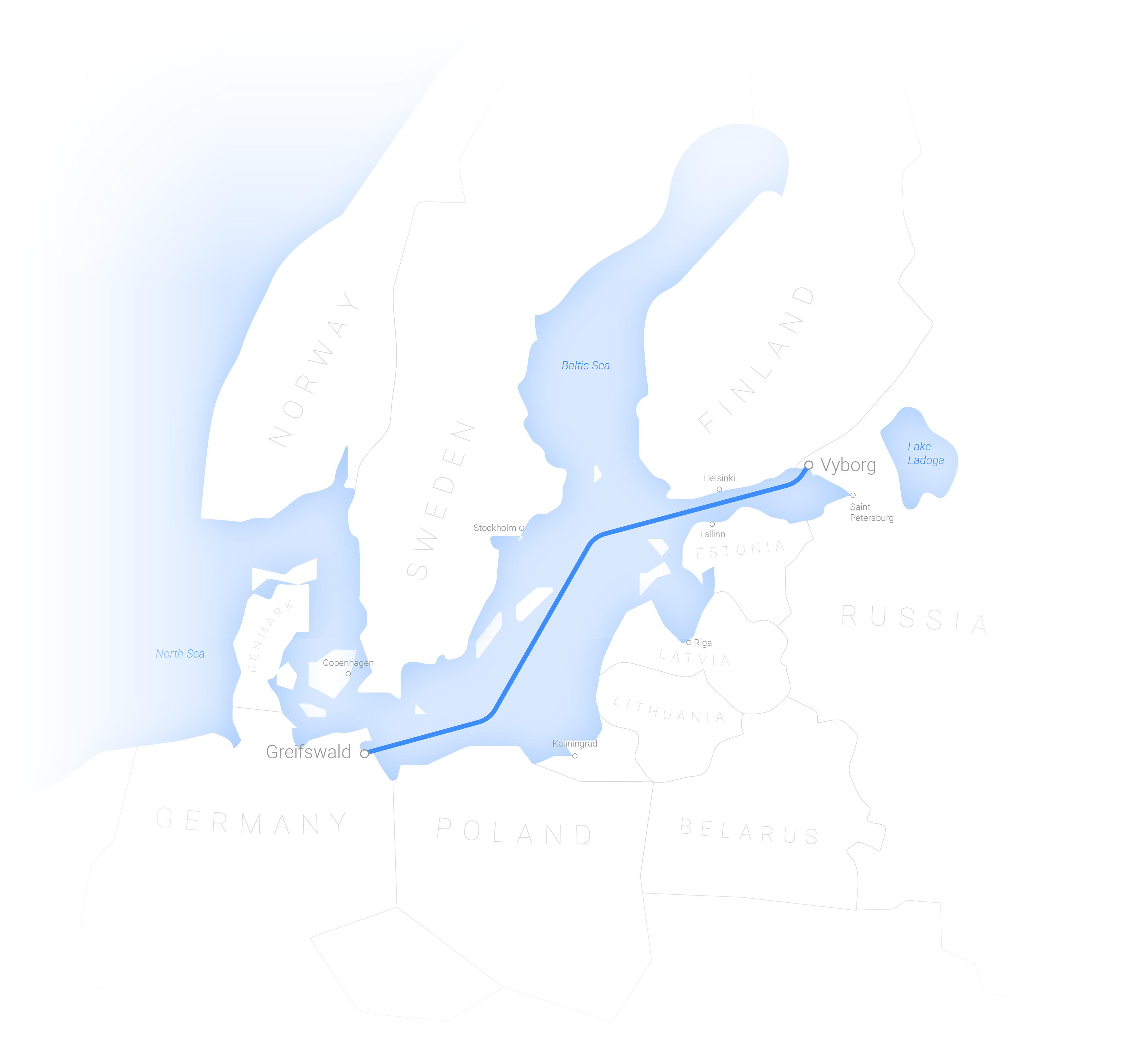
capacity of two strings
capacity of two strings
Figures and facts
Annual capacity of two strings: 55 billion cubic meters of gas.
Length: 1,224 kilometers.
Nord Stream operator: Nord Stream AG.
Development
2000–2006
In December 2000, the European Commission included Nord Stream as a priority project into the Trans-European Network for Energy (TEN-E) Guidelines. That status was re-confirmed in 2006. This reflected the key importance of Nord Stream for Europe’s sustainable development and energy security.
2010–2012
In April 2010, the construction of Nord Stream was launched in the Baltic Sea. The first string of Nord Stream was put into service in November 2011 and the second in October 2012.
Natural gas was pumped into Nord Stream by the Portovaya compressor station (CS). With an aggregate capacity of 366 MW, the Portovaya CS is unlike any other facility in the global gas industry.
2022
In September 2022, as a result of the sabotage on Nord Stream and Nord Stream 2, European countries have lost, for an indefinite term, a key channel for the supply of the most critical energy carrier, which had underlain the EU’s energy security for many years.
Technologies
Nord Stream was built using 1,220-millimeter pipes. The pipeline’s outlet pressure at the Russia-based Portovaya CS was 220 bar (220 kilograms per square centimeter), while the outlet pressure at the landfall point in Germany was 106 bar.
Before Nord Stream, no one in the world had ever built a gas pipeline that could transport gas for 1,224 kilometers without using compressor stations.
There was a pressure backup on the German coast as there are no compressor stations in Greifswald either. That is why the available energy was enough to transmit gas not only across the Baltic Sea but also 100 kilometers further onshore using no additional compressor stations.
The pipes used in the project are made of unique steel. It took time for metal workers to create a material with such high strength and elasticity. Moreover, thanks to a special treatment, the roughness of the inside pipe surface is less than 6 microns (one micron is one thousandth of a millimeter). In order to achieve that, the pipe surface is polished mechanically and then covered with a special flow polymer coating.
Thanks to the materials, technologies, and solutions used in the project, the gas pipeline was expected to operate flawlessly for at least 50 years.
Owing to its design, the offshore gas pipeline does not require high maintenance costs. Pipeline monitoring is carried out using special inspection tools, traveling throughout the pipeline from Russia to Germany. These so-called smart pigs come with a computing system. The pipeline is designed so as to ensure an unobstructed passage for pigs. To this end, the inside diameter of the pipeline is kept constant at 1,153 millimeters along the whole route with an error of only one millimeter.
At the same time, as the pipeline stretches farther away from the Russian coast, its outside diameter is steadily decreasing in parallel to the gas pressure decline. The pipeline is meant to sustain the working pressure of 220 bar along the first 300 kilometers, 200 bar along the next almost 500 kilometers, and 170 bar up to the end. The wall thickness in these three segments varies from 34 to 27 millimeters. Such segmentation helped reduce pipe production costs without compromising quality.
The outside surface of pipes has a special anti-corrosion concrete coating. The concrete coating is made of high-density iron ore, which is crushed, mixed with cement, and put on pipes. As a result, pipes are wrapped in spiral reinforcement, which is filled with concrete, and then treated with steam in special tunnels for 24 hours. The concrete coating helps meet several challenges at once. Firstly, it keeps the pipeline on the seabed, preventing it from drifting off with undercurrents. Secondly, it serves as insulation.
The Nord Stream project contributed to the development of the national pipe industry. Large-diameter pipes for the first string were produced by Vyksa Steel Works (25 per cent) and Germany’s Europipe (75 per cent). The second string was constructed with pipes manufactured by OMK (25 per cent), Europipe (65 per cent), and Japan’s Sumitomo (10 per cent).
Environment
Nord Stream is a transnational project. The pipeline was built in compliance with international conventions and national legislation of each country whose territorial waters and/or exclusive economic zone the pipeline traversed.
Prior to pipe laying, the areas of the Baltic Sea adjacent to the Nord Stream route were thoroughly studied. The pipeline was designed to be as straight as possible, with adjustments for important navigation routes, environmentally sensitive zones, and other special areas.


Study of Baltic Sea along Nord Stream gas pipeline route
The construction of Nord Stream was consistent with the most rigid environmental standards and left the Baltic Sea ecosystem undisturbed. In order to minimize environmental impacts, construction was halted during herring spawning seasons and migratory birds’ stopover periods in the region.
Research vessels traveled over 40,000 kilometers to study the seabed and its sediments and to look for ammunition and cultural objects. Experts meticulously analyzed seawater composition and the marine flora and fauna. The obtained data were processed and summarized in the environmental impact assessment that was submitted together with the application documents to the authorities of the Baltic States as part of the permitting process.


